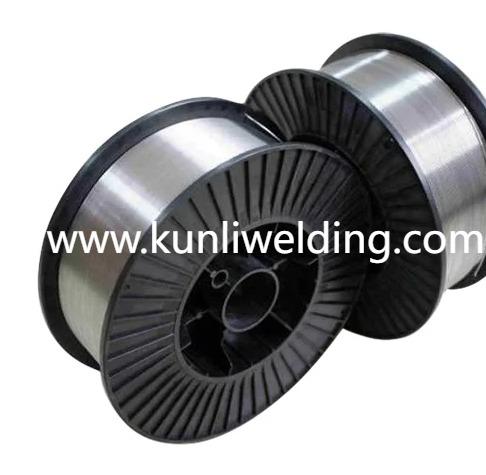How does termination technique affect long term braid performance in assemblies

Across industries moving toward lighter structures and cleaner power systems, Aluminum Braided Wire Manufacturers are gaining attention for how they meet new demands in shielding and flexible conductors. Engineers and purchasing teams increasingly ask which braid choices support electrified systems resilient infrastructure and field repair while fitting into tighter supply chains and sustainability goals.
At the heart of a braid is material selection and strand preparation. The choice of aluminum for a braided jacket often reflects priorities for lower weight and for acceptable conductivity while keeping cost and handling manageable. Modern production draws and anneals strands so they bend and weave without breaking and so the final braid offers predictable mechanical behavior during routing and termination. That consistency matters when assemblies are installed in vehicles charging stations and distributed energy equipment where vibration and thermal cycling are common.
Manufacturing technique shapes performance. Braiding machines control strand pattern and coverage density which in turn determines how well the braid shields against interference and how flexible the assembly remains. Quality control checks during braiding look for even coverage and for the absence of loose ends that can complicate terminations. Finishing steps may include gentle treatments that improve corrosion resistance and handling. Producers that publish clear handling guidance make it easier for fabricators to match a braid to an application without long qualification cycles.
Current trends in electrification and resilient networks increase scrutiny on supplier practices. Buyers want traceable supply paths consistent packaging and sample availability so they can validate a braided product in a real routing environment before committing to larger reels. Near manufacturing and regional sourcing conversations make lead time and consistent batches more important than ever. Suppliers who offer transparent notes on storage feeding and termination help reduce qualification time and minimize surprises during scale up.
Practical on the shop floor means running short validation tests. Inspect arrived spools for uniform strand geometry and braid coverage. Test continuity across short lengths to detect breaks and to check connection quality. Bend samples around routing radii to observe coverage change as the bundle flexes. Perform a few repeated flex cycles to reveal potential strand loosening. These quick checks reveal how a braid behaves under real installation stress and help teams avoid downstream rework.
Termination technique and tooling influence long term performance. Clean terminations that avoid crushing strands preserve continuity and reduce risk of stray ends that cause abrasion in harnesses. When assemblies will be exposed to moisture or salty air a consistent finish and stable coatings reduce the chance of early discoloration or corrosion. Suppliers that provide practical instructions for termination and for environmental handling shorten the learning curve for operators and reduce assembly time.
Sustainability and repair friendly design are part of the conversation shaping buyer preferences. Braids that support straightforward inspection and that can be integrated with recycling flows respond to broader corporate goals around lifecycle impacts. When procurement evaluates braid options alongside installation guides and end of life handling, teams can align technical choices with environmental and maintenance objectives.
Choosing the right braid for a project is a mix of technical checks and supplier collaboration. Run representative shop trials confirm feed behavior and termination performance and review packaging and handling notes so the braid arrives ready to use. Engaging suppliers who offer samples and clear process guidance reduces risk and shortens the path to reliable installation. If your project requires braided shielding or flexible conductor solutions review product pages and handling notes from reputable providers at www.kunliwelding.com to match braid coverage flexibility and packaging options to your assembly needs.
- Art
- Causes
- Crafts
- Dance
- Drinks
- Film
- Fitness
- Food
- Παιχνίδια
- Gardening
- Health
- Κεντρική Σελίδα
- Literature
- Music
- Networking
- άλλο
- Party
- Religion
- Shopping
- Sports
- Theater
- Wellness


